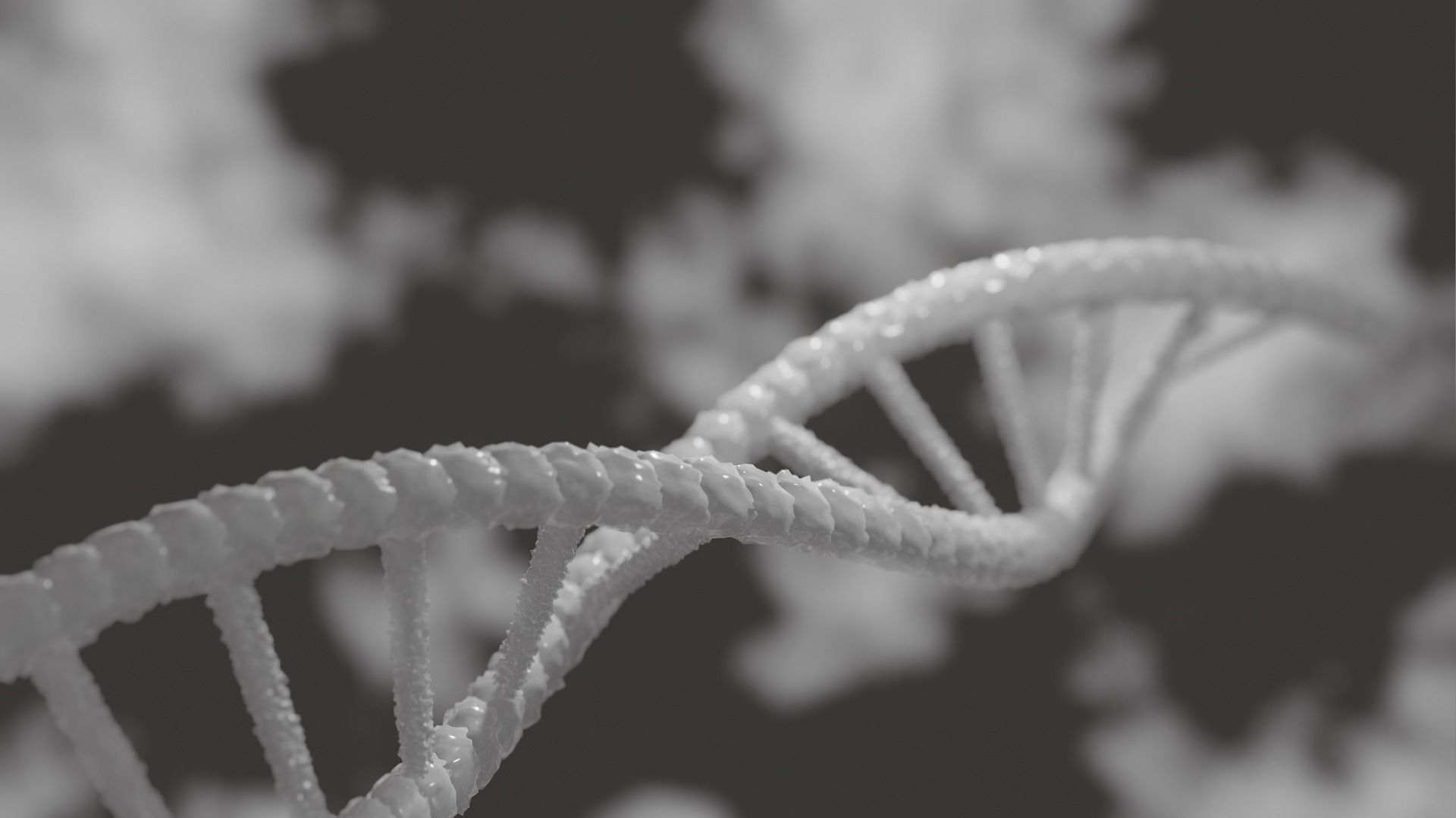Reading Time – 6 Minutes, Difficulty Level 3/5
In the mid 1950s, Francis Crick proposed a mechanism for gene expression that would forever change the face of biomedical and genetic research. The Central Dogma allowed scientists to begin discovering key aspects of gene regulation and protein synthesis, as it outlined a framework for the process of gene expression.
What is the Central Dogma?
The Central Dogma is the process by which our cells express their genes and pass along the genetic information to future cells. The genome, long molecules of double stranded DNA, must be expressed first in the form of RNA and, eventually, proteins. The Central Dogma is relevant because it allows for the genetic code to be expressed as RNA and proteins, the functional molecules of our cells. Without a streamlined process of DNA expression, our cells would have no way of signalling, functioning, or even remaining intact. The Central Dogma states that genetic information flows in one direction, DNA → RNA → protein.
The two main components of the Central Dogma are known as transcription and translation.
- Transcription = DNA → RNA
- Translation = RNA → protein
Each cell in our body, despite their immense differences in both tissue and function, contains the exact same genome. This consists of long molecules of double stranded DNA, organised into groups called chromosomes, within the nucleus of each cell. The differences in cells occur through changes in DNA expression via transcriptional and translational differences.
Transcription
As previously mentioned, DNA cannot exit the nucleus because surviving the journey would pose a large logistical challenge. Transcription, then, is required to express our genes in a safe manner. During transcription, DNA sequences that code for specific genes are used as a template for the generation of single stranded RNA molecules. The full process of transcription is extremely complicated and involves many regulatory steps to ensure only genes that the cell needs expressed are transcribed.
Our genome consists of about 20,000 genes, and it would be impossible to have each gene transcribed in the same cell all at once. Instead, our cells control which genes are expressed through a multitude of ways, including through proteins called transcription factors or changing the accessibility of the genes. Cells can make genes more or less accessible based on where the gene is located in the nucleus and the structure of the chromosome domain. Transcription factors can also have a silencing or activating effect on the expression of certain genes, depending on their structure and function within the cell. For example, transcription factor ‘A’ may bind to a gene and help facilitate initiation of transcription. When the cell no longer needs that gene to be expressed, transcription factor ‘B’ may bind the gene and inhibit transcription.
The transcribed RNA molecule, now referred to as messenger RNA, travels out of the nucleus to the cytoplasm of the cells. At this stage, the RNA binds to specialised organelles called ribosomes. The binding of RNA to ribosomes within the cytoplasm (or to the membrane of the endoplasmic reticulum) is the first step of translation.
Translation
The process of translation involves translating the RNA sequence into a protein sequence. This is the first step where the molecule is being converted from a nucleotide (subunits of DNA and RNA) to amino acids (subunits of proteins), hence the name translation.
On an RNA sequence, a group of three sequential nucleotides called a codon codes for one amino acid. For example, the sequence AUG on an mRNA molecule corresponds with the amino acid methionine. When a ribosome reads an mRNA sequence and the AUG codon enters the reading frame, methionine is shuttled towards the ribosome and is added to the amino acid chain. Once methionine has been added, the next three nucleotides on the mRNA are read by the ribosome and another amino acid is added to the growing polypeptide chain (poly = many, peptide = short chain of amino acids). Amino acids are joined together by peptide bonds. This process also relies on the function of transfer RNAs (tRNA), which are involved in the shuttling of amino acids to the translation machinery.
Things to note
The Central Dogma, while still incredibly relevant and important, does not fully encompass the complexity of the genetic landscape. The dogma postulates that information flows in the direction of DNA → RNA → proteins, however discoveries in the field of virology have contested this. Viruses such as Human Immunodeficiency Virus (HIV) have the ability to convert their RNA genome into DNA, which is then integrated into the genome of the cells of an infected individual. This conversion of RNA → DNA was a monumental discovery that highlighted that the Central Dogma is not all encompassing.
Additionally, it is important to note that the process of transcription and translation are highly regulated. Before and after each step of these processes, a multitude of signals and interactions must occur. For example, mRNA must go through many processing steps known as “post transcriptional modifications” prior to being exported to the cytoplasm and translated. Another example of regulation is the cell cycle checkpoints that must be met and policed prior to the initiation and completion of DNA replication.
Conclusion
The Central Dogma is vastly important because it provides the foundational framework for understanding how genetic information is written and expressed. It explains the flow of genetic information from DNA to RNA to protein, enabling scientists to decipher the mechanisms underlying gene function and regulation. This concept has greatly progressed our understanding of genetics, and has led to numerous advancements in biotechnology and health sciences.

I’m a first year Masters student at Queen’s University, Ontario, Canada studying Immunology and Cancer, following on from completing a BSc at the University of Guelph, Ontario.
I have a passion for Molecular Biology, with a particular interest in the use of modern molecular techniques to treat and cure disease.








